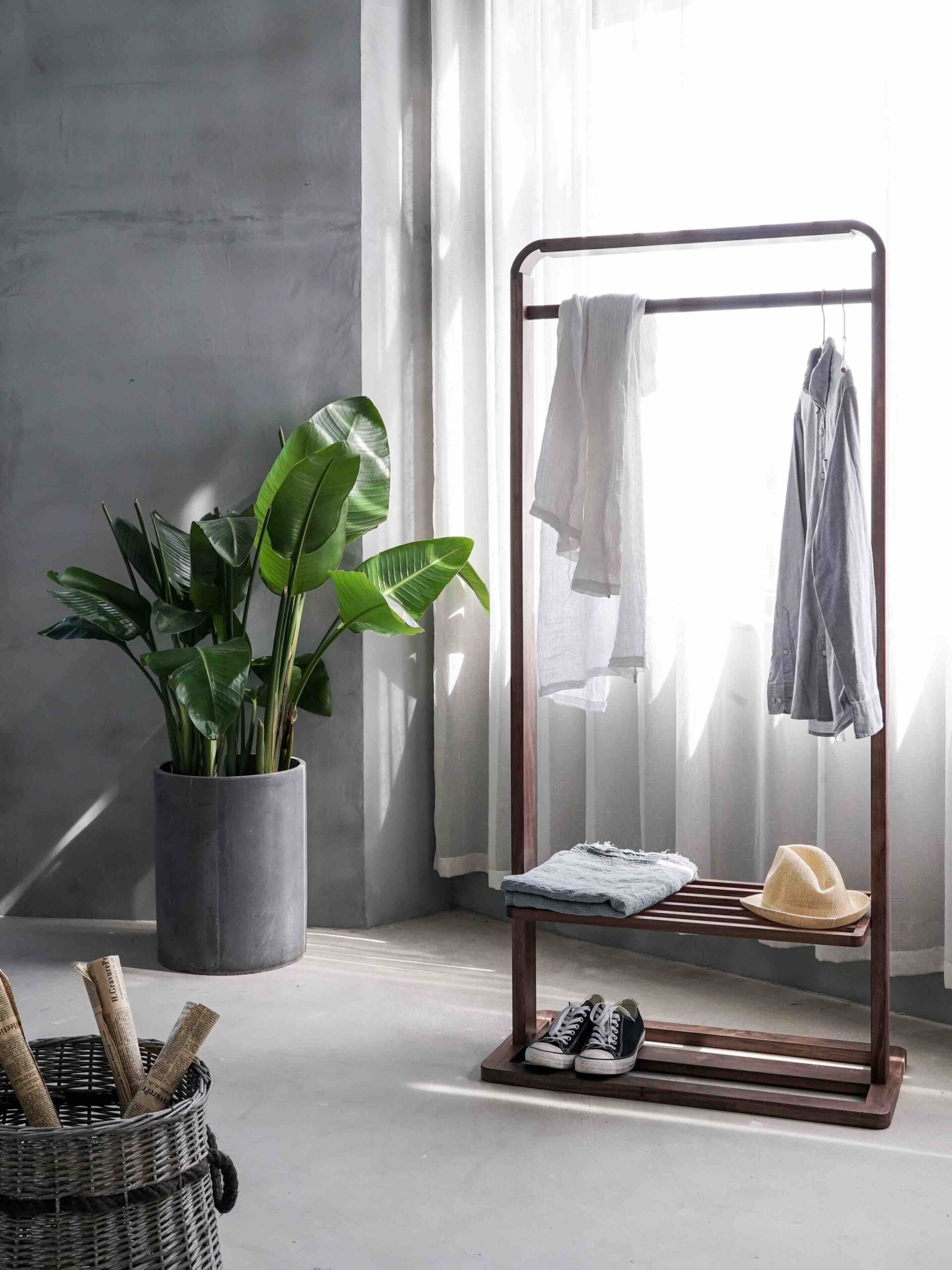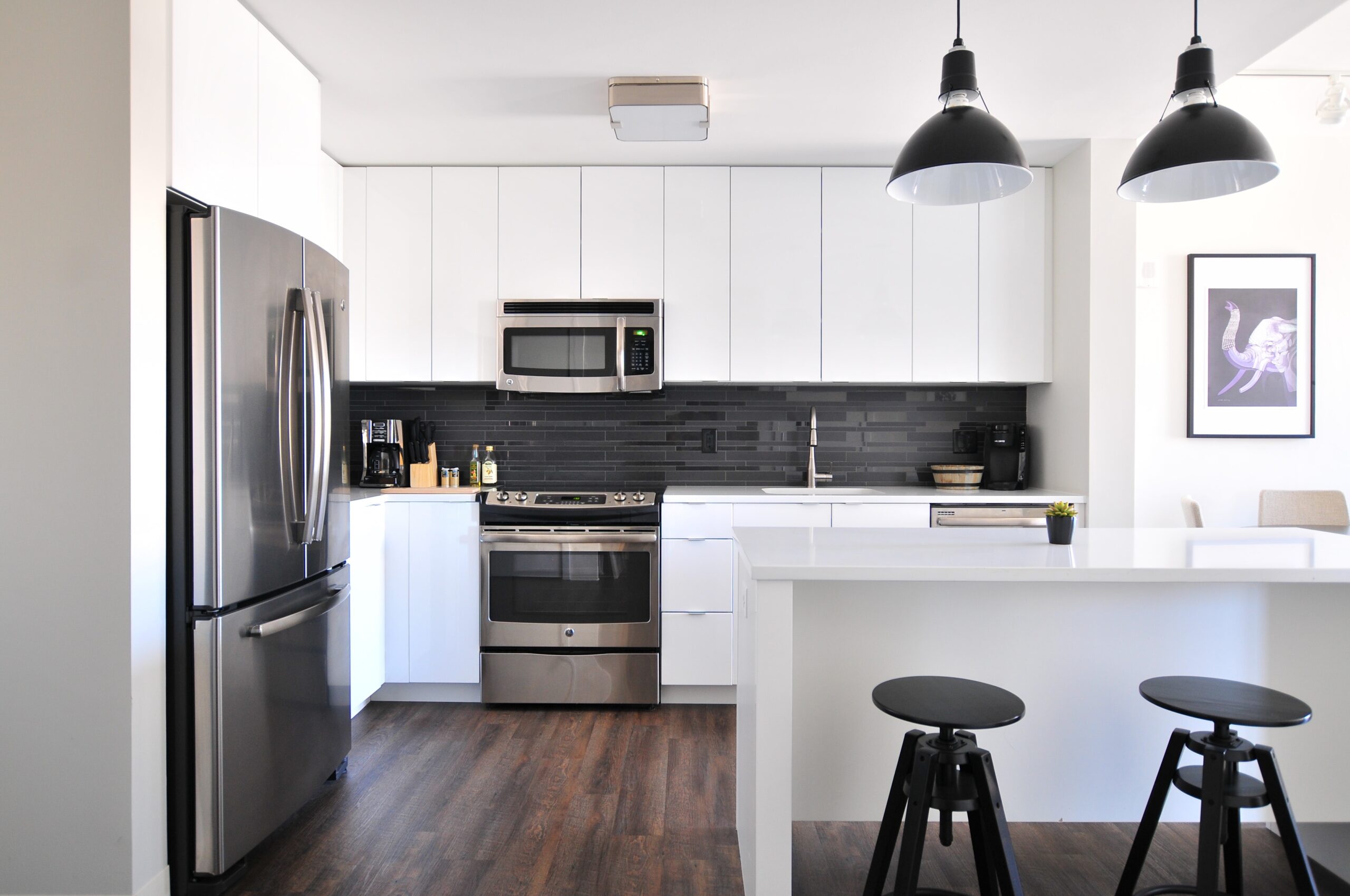Having a small living room can be a challenge when it comes to accommodating guests or finding enough seating for your family. However, with some creative thinking and smart furniture choices, you can maximize the sitting space in your small living room. In this article, we will explore some practical tips and ideas to help you make the most of your limited space.
1. Choose the right furniture
When it comes to selecting furniture for a small living room, it’s essential to choose pieces that are compact and multifunctional. Opt for furniture with built-in storage, such as ottomans or coffee tables with hidden compartments. This way, you can store items like blankets or magazines, reducing clutter and freeing up space.
Consider using furniture with a smaller footprint, such as armless chairs or loveseats, instead of bulky sofas. This will create a more open and spacious feel in your living room. Another option is to use modular furniture that can be rearranged or expanded to accommodate different seating needs.
2. Utilize vertical space
When floor space is limited, it’s crucial to think vertically. Install floating shelves or wall-mounted cabinets to store books, decor items, or even display a small collection. This will free up valuable floor space and create a visually appealing focal point on your walls.
Consider using tall bookcases or storage units that go up to the ceiling. This will not only provide additional storage but also draw the eye upward, making the room appear larger. Additionally, using floor-to-ceiling curtains can create an illusion of height and add an elegant touch to your living room.
3. Optimize the layout
The layout of your furniture plays a significant role in maximizing sitting space. Avoid placing furniture against the walls, as this can make the room feel cramped. Instead, try floating furniture away from the walls to create a more open and inviting seating area.
Consider arranging furniture in a way that promotes conversation and interaction. Create distinct zones within your living room by using rugs or different furniture groupings. This will make the space feel more dynamic and functional.
4. Use light colors and mirrors
Light colors can make a small living room feel more spacious and airy. Opt for neutral tones or pastel shades on your walls, furniture, and accessories. This will reflect light and create an illusion of a larger space.
Strategically placing mirrors can also enhance the sense of space in your living room. Hang a large mirror on one wall to reflect light and give the impression of a bigger room. You can also use mirrored furniture or incorporate mirrored accents to add depth and visual interest.
5. Consider alternative seating options
In a small living room, traditional seating options may not always be the most practical choice. Consider incorporating alternative seating options such as floor cushions, poufs, or bean bags. These can be easily moved around and provide additional seating when needed.
Another option is to use benches or window seats with built-in storage. These can serve as both seating and storage solutions, maximizing the functionality of your living room.
Conclusion
With some thoughtful planning and creative solutions, you can increase the sitting space in your small living room. Choose furniture that is compact and multifunctional, utilize vertical space, optimize the layout, use light colors and mirrors, and consider alternative seating options. By implementing these tips, you can create a comfortable and inviting living room, even in a limited space.

